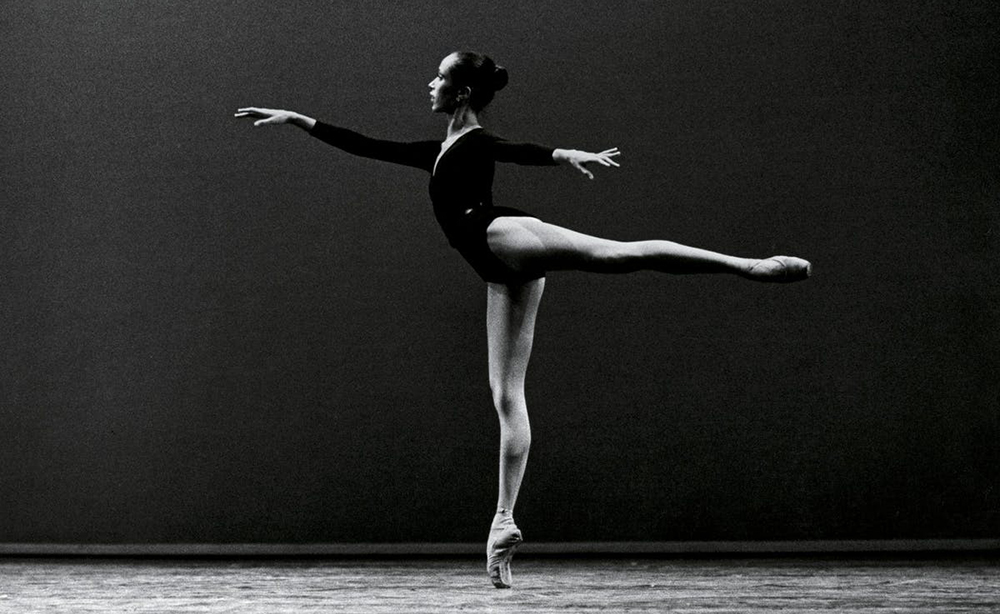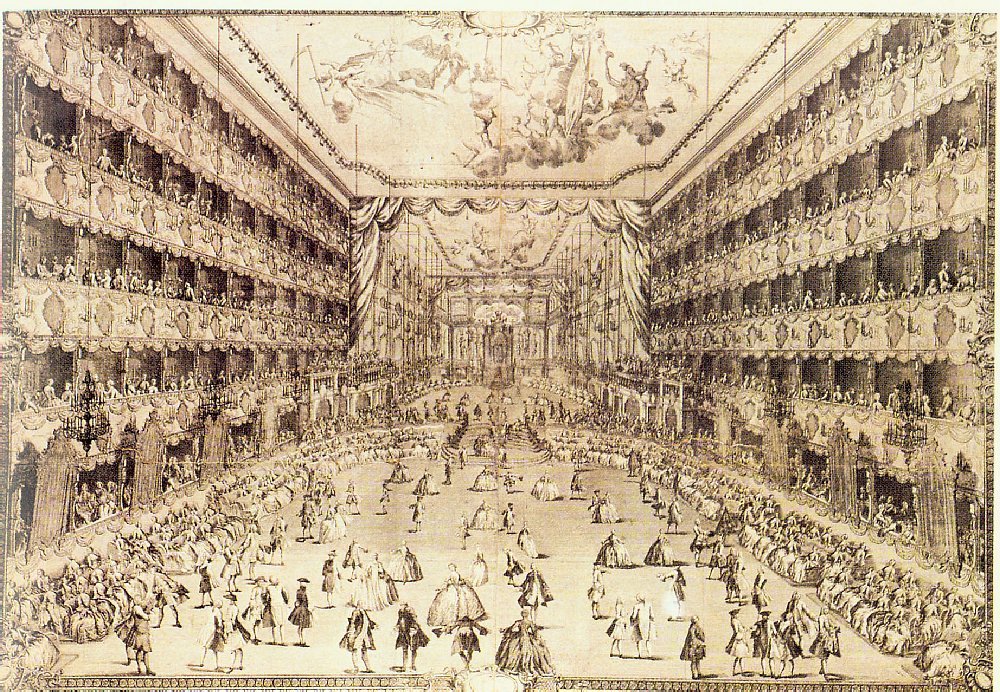From the 19th century to today, here is our list of the most iconic and influential ballerinas you need to know!
Anna Pavlova
The name Anna Pavlova is typically one of the first to come to mind when thinking about the world’s greatest ballerinas. Although her long limbs, arched feet, and thin ankles did not fit the ballerina mold of her time, she never let those attributes stop her from making a name for herself. After graduating from Russia’s Imperial Ballet School, she joined the Mariinsky Theatre and quickly rose through the ranks. Pavlova became a favorite of legendary ballet master and choreographer, Marius Petipa and was named Prima Ballerina in 1906 after a performance of Giselle. However, it is the role of The Dying Swan, choreographed for her by Michel Fokine, that would become the most renowned role of her career. She went on to travel the world, performing with the Ballet Russes and inspired hundreds to become dancers, including British choreographer, Frederick Ashton!
Margot Fonteyn
Appointed Prima Ballerina Assoluta by Queen Elizabeth II, Margot Fonteyn was instrumental in making the Royal Ballet the icon it is today. She began her training at the age of four in England, however her studies continued in Shanghai, China under George Goncharov, after her family moved. She returned to London at the age of 14 and was invited to join the Vic-Wells Ballet School, now known as the Royal Ballet School. Still a student, she made her solo debut with the Vic-Wells Ballet (Royal Ballet) and soon after began performing lead roles. Fonteyn’s dancing was noted for its lyricism and perfect lines, most notably seen in her performances as Aurora in The Sleeping Beauty. She traveled the world performing, even making appearances on The Ed Sullivan Show! Just when she was about to retire, Fonteyn began her greatest artistic partnership with Rudolf Nureyev. They made their debut in 1962, performing Giselle, for which they received “15 minutes of applause and 20 curtain calls.” She retired 1979 at the age of 60 and to this day holds one of the longest careers of any ballerina.
Alicia Alonso
Born on the outskirts of Havana, Alicia began studying ballet at a young age. She made her first stage debut at the age of 11 in The Sleeping Beauty. At the age of 16, she moved to New York City to pursue a professional career and continued her training at the School of American Ballet. In her twenties, Alicia was diagnosed with a detached retina and had to undergo three surgeries. Although this left her bedridden, she said, “I danced in my mind. Blinded, motionless, flat on my back.” Once cleared by doctors in Cuba, she returned to New York City and was asked to dance Giselle for American Ballet Theatre, one of the most renowned roles of her career. Alicia was promoted to the rank of principal in 1946, however, her long-held passion to develop ballet in Cuba, led to her return to Havana. In 1948, she founded the Alicia Alonso Ballet Company which would eventually become Ballet Nacional de Cuba, in which she remained the company’s artistic director until her death in 2019. Alicia made a name for Cuban dancers around the world and many of her students have danced or currently dance with some of the world’s leading companies including American Ballet Theatre, San Francisco Ballet and the Royal Ballet.
Maria Tallchief
Not only was Maria Tallchief considered America’s first-ever prima ballerina, but she also made history by being the first Native American to earn that title. Along with her sister Marjorie, Maria began dancing at a very young age and showed natural talent, so much so that their family moved from Oklahoma to Los Angeles to advance their dance careers. At the age of 17, she moved to New York City in the hopes of joining a major company. Over the next five years, she joined the Ballet Russe de Monte Carlo and met iconic choreographer, George Balanchine. After Balanchine co-founded what would become New York City Ballet, Maria joined the company and became one of the company’s first stars! As one of Balanchine’s muses, not to mention his wife for a short period of time, he created a number of roles for her, including The Firebird, which was noted as an electrifying performance. Her starring in role as the Sugar Plum Fairy in Balanchine’s version of The Nutcracker, also helped solidify the ballet as a Christmas classic. Maria went on to travel the world, guesting with companies such San Francisco Ballet, American Ballet Theatre, the Royal Danish Ballet, and became the first American to perform at the Bolshoi Theater in Moscow.
Virginia Johnson
Virginia Johnson began her ballet training at the age of three and went on to study at The Washington School of Ballet, where she was the only African-American student at the time. Virginia went on to study at New York University as a dance major. While in New York, she met legendary dancer, Arthur Mitchell, who invited her to start a ballet company. She went on to becoming one of the founding members of Dance Theatre of Harlem, the first-ever all-black ballet company. During her time there she raised to the rank of principal, performing lead roles in Swan Lake and George Balanchine’s Agon, Allegro Brillante, and Concerto Barocco. After a twenty-eight year career with the company, Virginia retired and enrolled as a student at Fordham University. In 2009, she was returned to Dance Theatre of Harlem as their artistic director.
Alessandra Ferri
Originally starting her training at La Scala Theatre Ballet School in Milan, Italy she went on to train at the Royal Ballet School in London after competing in the Prix de Lausanne. Upon graduating, she joined the Royal Ballet and was quickly promoted to the rank of principal four years later at the age of 19. During her time with the company she originated roles in multiple ballets, including Kenneth MacMillan’s Valley of Shadows, for which she won the Sir Laurence Olivier Award. In 1985, at the request of legendary dancer Mikhail Baryshnikov, Ferri left Royal Ballet to join American Ballet Theatre as a principal dancer. Over the course of her career she was a guest artist with Ballet National de Marseille, the National Ballet of Canada, Paris Opera Ballet, and La Scala. She temporarily retired in 2007 but returned to the stage in 2013, at the age of 50, and has performed leading roles in ballets like American Ballet Theatre’s Romeo & Juliet!
Sylvie Guillem
Although as a child, Sylvie trained in gymnastics under her mother and initially hated dancing, she went on to study at the Paris Opera Ballet School after taking part in her first performance and fell in love. Displaying exceptional talent at a young age, she joined Paris Opera Ballet at the age of 16 and became the company’s youngest-ever star or étoile! From 1984 – 1989, Guillem was the top-ranking ballerina with the Paris Opera, with notable performances in Rudolf Nureyev’s stagings of Swan Lake and Don Quixote. In 1988, the Royal Ballet invited Guillem to perform the title role of Giselle to celebrate Nureyev’s 50th birthday. Shortly after, she left Paris Opera to become a freelance dancer, where she one of the Royal Ballet’s principal guest artists. In 2001, she was the first-ever winner of the Nijinsky Prize for the world’s best ballerina.
Diana Vishneva
Vishneva’s career began with her training at the legendary Vaganova Academy of Russian Ballet in St. Petersburg, Russia. Throughout her time at the academy, she received the highest scores in the school’s history and spent her last year also training at the Mariinsky Theatre. In her first year with the company, she was awarded the two prestigious prizes, the Prix Benois de la Danse and the Golden Soffit. The following year, she was promoted to principal dancer. In 2003, Vishneva made her American debut with American Ballet Theatre. She went on to join the company in 2005 as a principal and retired in 2017. Throughout the course of her career, Vishneva made guest appearances with Paris Opera Ballet, Teatro alla Scala and Berlin State Opera. Some of her most notable repertoire includes Romeo & Juliet, The Firebird, George Balanchine’s Rubies, and Kenneth MacMillan’s Manon.
Yuan Yuan Tan
Yuan Yuan Tan began training in Shanghai at the age of 11, a fate that was decided by a coin toss, as her father opposed her dancing. She displayed at a natural talent and won multiple international awards, including the Nijinsky Award and a gold medal in the 5th International Ballet Competition in Paris. In 1995, she joined San Francisco Ballet as a soloist and two years later, at the age of 20 she was promoted to principal dancer. Not only was she the youngest principal dancer in the company’s history at the time but she was the first Asian dancer hold that title at a major ballet company.
Misty Copeland
Misty Copeland is probably the most well-known ballerinas of our time. Unlike most dancers, she began her dance training at the age of thirteen. She would go on to attend summer intensive programs at San Francisco Ballet School and American Ballet Theatre (ABT) on full scholarship. In 2000, she joined ABT’s studio company and then joined the main company the following year. In 2003, she was named Dance Magazine’s “25 to Watch” and was highlighted for her dancing even is corps de ballet roles. In 2015, Misty made history as the first African-American woman to be promoted to the rank of principal dancer at ABT. She has danced the lead roles in Don Quixote, Romeo & Juliet, Swan Lake, and Giselle, as well as had roles created for her by leading choreographers like Alexei Ratmansky.
We want to hear from you! Comment below and let us know who is your favorite ballerina of all time?







